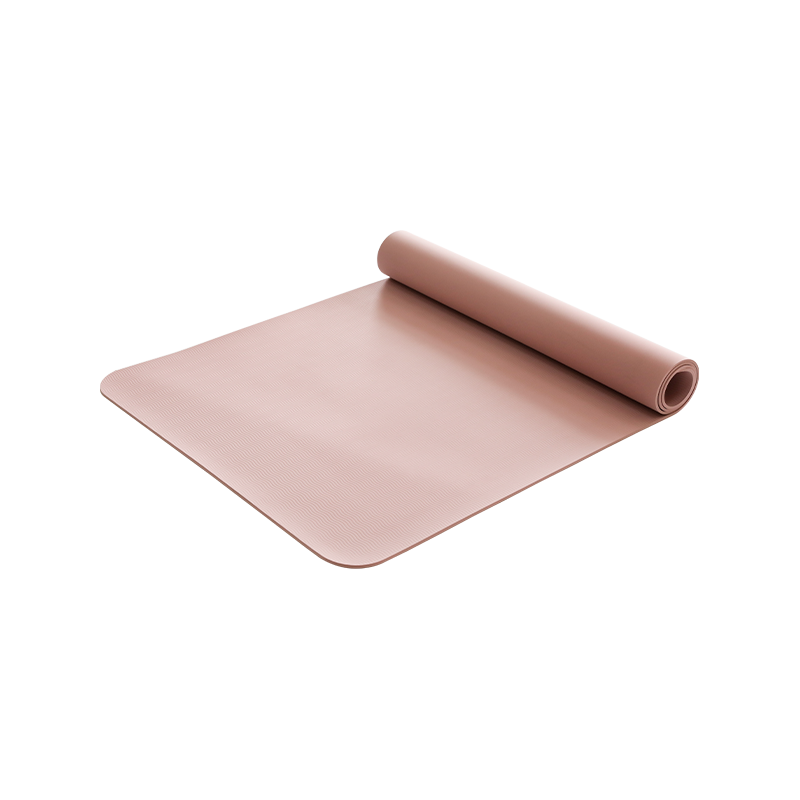Home / News / How does microporous aliphatic TPU foam resist yellowing by increasing the surface area?
The core feature of microporous aliphatic TPU foam is its internal microporous structure. These micropores are evenly distributed in the material, forming an intricate network. Compared with traditional solid materials, the existence of the microporous structure significantly improves the surface area of the material. This increase in surface area is not a simple linear growth, but an exponential multiplication effect. Each micropore is like a "small window" on the surface of the material, providing more opportunities for the material to contact the external environment.
The increase in surface area has a profound impact on material performance. In terms of heat conduction, a larger surface area means more heat exchange area, which allows the material to dissipate heat to the surrounding environment more quickly when heated, thereby reducing the temperature gradient inside the material and reducing chemical reactions and physical changes caused by high temperature, including yellowing.
In terms of optical properties, the increase in surface area also means more light contact points. When ultraviolet rays hit the surface of the material, these micropores are like small mirrors, scattering the ultraviolet rays in all directions, reducing the direct exposure of ultraviolet rays to the inside of the material. This scattering effect not only reduces the penetration depth of UV rays into the material, but also reduces the chance of UV rays chemically reacting with material molecules, thereby effectively inhibiting the occurrence of yellowing.
The microporous structure of microporous aliphatic TPU foam plays a vital role in heat dissipation. The presence of micropores increases the air flow path inside the material. When the material is heated, air flows through these micropores, taking away part of the heat and achieving natural convection heat dissipation. This convection heat dissipation mechanism is particularly effective in closed or semi-enclosed spaces, such as footwear, automotive interiors and other application scenarios.
The microporous structure increases the specific surface area of the material, that is, the surface area per unit volume. The increase in specific surface area allows the material to have more surface to participate in heat exchange when it comes into contact with the air. This heat exchange is not only carried out by conduction, but also by convection and radiation. In a high temperature environment, the microporous structure enables the material to dissipate heat into the air more quickly, reducing the temperature of the material itself, thereby reducing the risk of yellowing caused by high temperature.
The microporous structure also protects the material from the direct influence of external heat sources through the "thermal isolation" effect. Micropores are like thermal barriers that block the direct transfer of external heat. This thermal isolation effect is particularly important in application scenarios where the material needs to be kept at a low or stable temperature, such as LED accessories, optical lenses, etc.
The microporous structure of microporous aliphatic TPU foam also plays a key role in UV scattering. UV rays are a type of high-energy radiation that can penetrate the surface of the material and react chemically with the material molecules, causing the material to yellow. However, the presence of the microporous structure makes UV rays encounter more "obstacles" in the process of penetrating the material.
When UV rays hit the surface of the material, the micropores are like small mirrors that scatter UV rays in all directions. This scattering effect not only reduces the direct irradiation of UV rays to the inside of the material, but also reduces the penetration depth of UV rays. The propagation path of UV rays inside the material becomes tortuous and changeable, and the chance of chemical reaction with the material molecules is greatly reduced.
In addition, the microporous structure further reduces the penetration of UV rays through the "light trap" effect. The surface inside the micropores can absorb part of the UV rays and convert them into heat or other forms of energy. This light trap effect causes the UV rays to gradually attenuate during the propagation process inside the material, and ultimately cannot reach the depth of the material to cause yellowing.
Microporous aliphatic TPU foam achieves significant advantages in heat dissipation and UV scattering by increasing the surface area, thus giving the material excellent anti-yellowing performance. This anti-yellowing performance is not only reflected in the stability of the material itself, but also in the durability of the material during long-term use.
In footwear manufacturing, microporous aliphatic TPU foam is an ideal material for soles and uppers. Its anti-yellowing performance enables shoes to maintain their original color and transparency during long-term use. Whether exposed outdoors or damp indoors, the microporous structure can effectively dissipate heat and scatter UV rays, protecting the material from yellowing.
In automotive interiors, the anti-yellowing performance of microporous aliphatic TPU foam has also been widely used. Automotive interior materials are often exposed to sunlight and high temperature environments and are prone to yellowing. Microporous aliphatic TPU foam effectively dissipates heat and scatters UV rays through its unique microporous structure, maintaining the long-term aesthetics of the material.
In addition, in the fields of LED accessories, optical lenses, etc., the anti-yellowing performance of microporous aliphatic TPU foam has also won it market favor. These fields have extremely high requirements for the transparency and stability of materials, and microporous aliphatic TPU foam meets the needs of these fields with its excellent anti-yellowing properties.


 English
English
 Español
Español

 ++86-0512-66079229
++86-0512-66079229

















